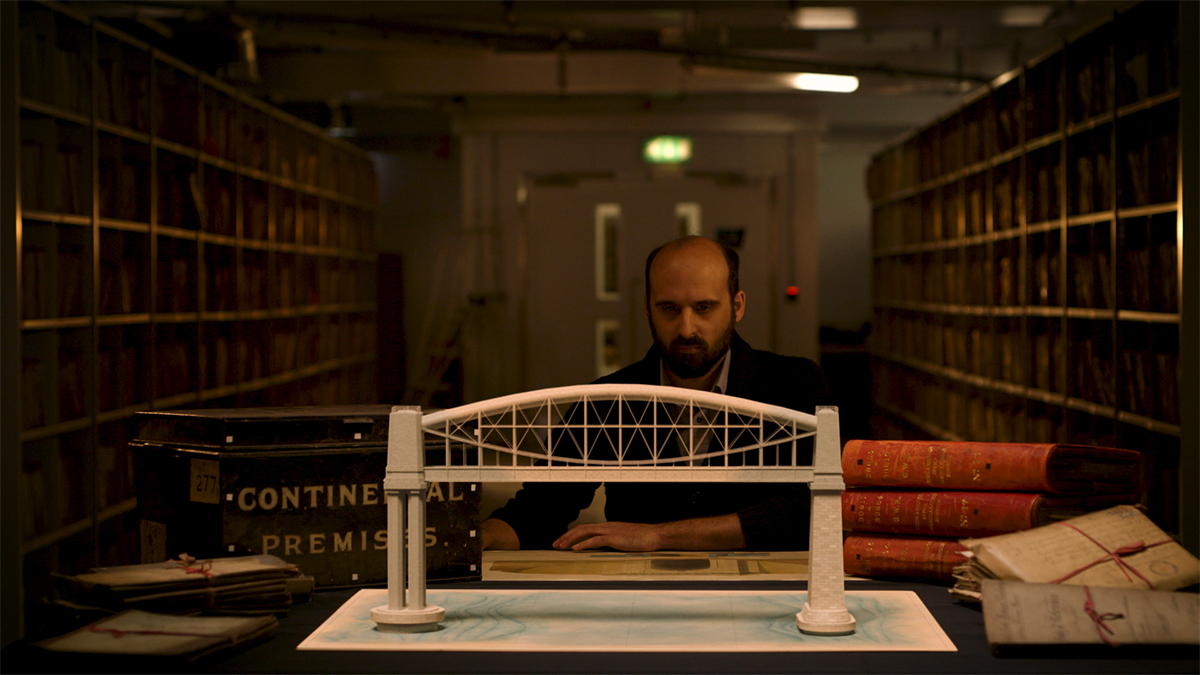A deed signed by Sir Christopher Wren, a letter from Isambard Kingdom Brunel and the earliest plans for modern rail travel.
The millions of historic and legal documents held by Network Rail are “crucial to the running of the railway”, says Kathryn Wright, a records controller at our National Record Centre in York.
Kathryn and John Page, a records assistant, are among the vital teams overseeing the vast number of items that prove our land ownership and enable projects across Britain – and they’re busier than ever.
Watch our film below:
Step inside and explore the nation’s history…
Our National Record Centre, which includes the National Records Group, is often simply referred to as the archive but it comprises an historic archive, property deeds, civil engineering and signalling collections.
Together, it houses about three to four million records and provides essential information that helps us deliver a raft of construction, refurbishments and upgrades for passengers and freight operators.
The archive room at the centre holds historically important pieces including a deed signed by Sir Christopher Wren, the renowned architect behind St Paul’s Cathedral.
London Charing Cross station was built on the site of the famous Hungerford Market, the site of which was originally owned by Wren.
Network Rail holds the original title deeds for the Hungerford Market site from 1684 and 1717, signed by Wren, because they form part of the pre-titles of our 19th century railway title.
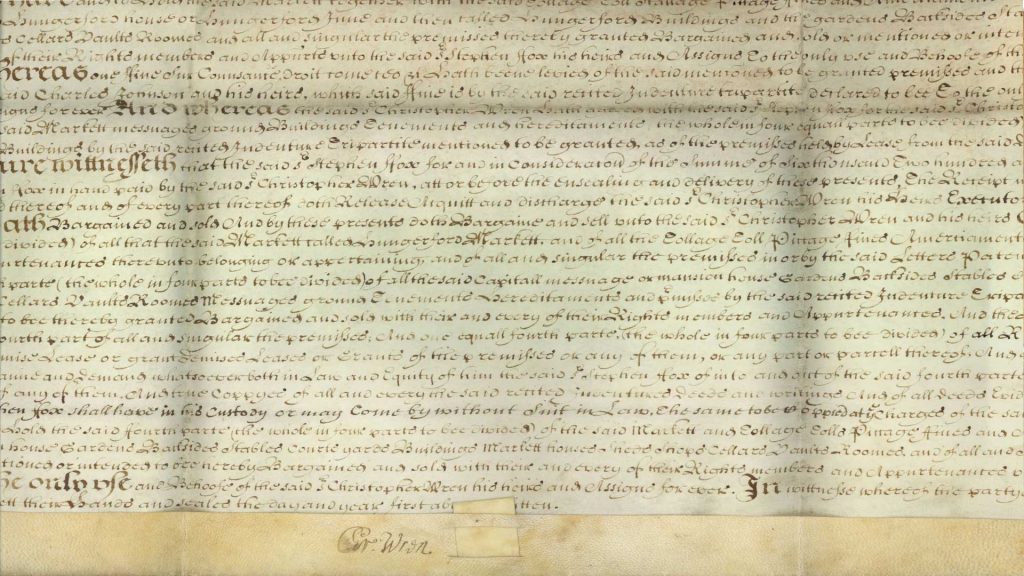
The archive is also home to George Stephenson’s notebook outlining the plans for and budget of the Stockton and Darlington Railway – the world’s first railway to carry locomotives.
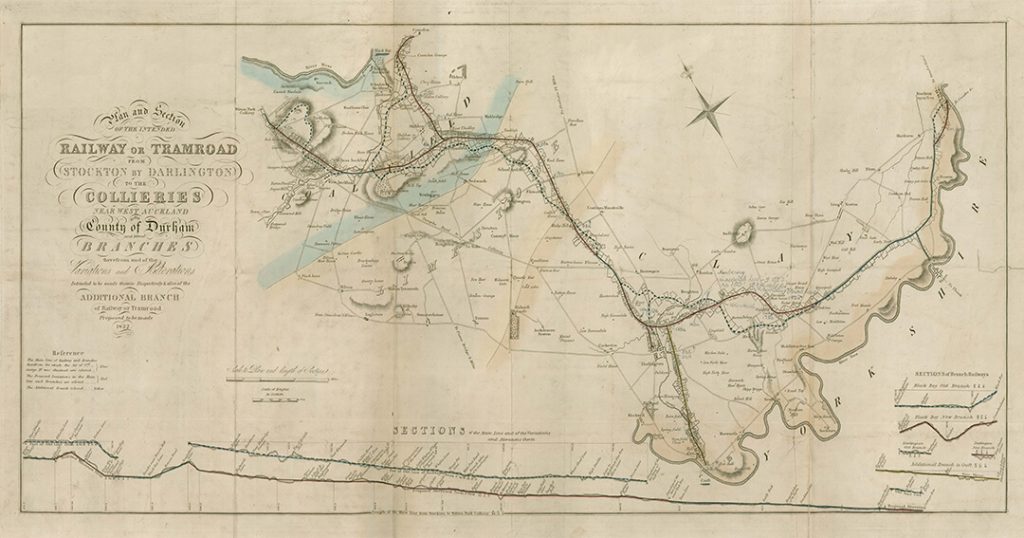
View from the archivist: the railway runs on historical information
Railway bridges, tunnels and viaducts today
The deeds room is a core function for the modern railway
As one of the biggest landowners in Britain, we respond to tens of archive deeds requests every day from solicitors and developers, proving the boundaries of our land and rights of access, and protecting our rights. Every day it saves us, and therefore the taxpayer, significant amounts of time and money.
Kathryn said: “A lot of people would look at the deeds and think it isn’t part of the archive but we very much treat it as the archive because it’s a specialist type of document… They are legal documents.”
With a growing number of land purchases across the railway today, the deeds room is getting even bigger.
Responsible ownership
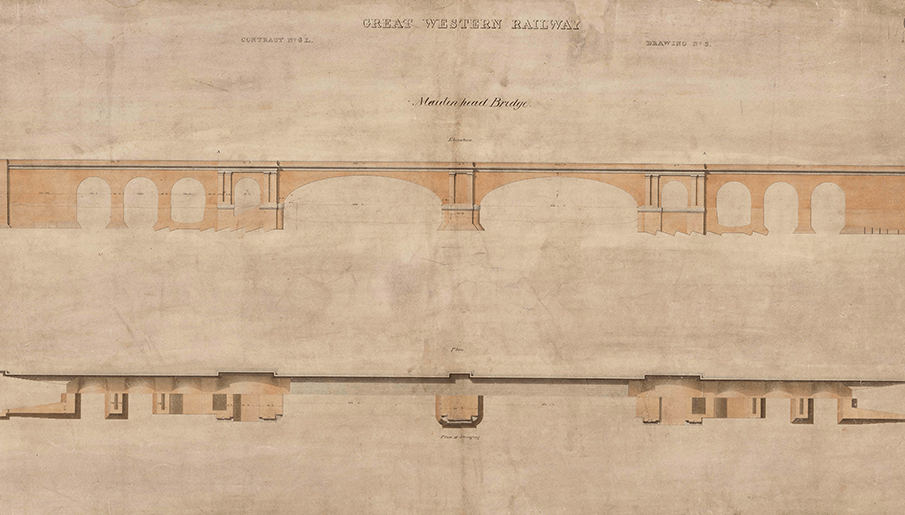
Meanwhile, John says original plans for rail infrastructure often help us carry out improvements and repairs while preserving historic structures.
He said: “They are modern documents. If any work needs to be done on the Maidenhead bridge, any restoration, any widenings, these are still used to ensure any work done is done sympathetically to those structures…”
Here are five times the archive has helped the railway:
London Paddington’s iconic roof
The National Records Group provided historic drawings when Network Rail completed the restoration of the roof at London Paddington station – one of the jewels of the Victorian railway.
The Crystal Palace for the Great Exhibition of 1851 deeply influenced Isambard Kingdom Brunel’s design, which originally had three spans. The fourth span, which we renewed in 2009 and 2010, covers the 1916 extension that houses platforms nine to 12.
The project team repaired metalwork, replaced glazing and allowed light back into that part of the station. Previously, hoardings and a false ceiling had had to protect passengers from the old glass above.
The refurbishment gave passengers a lighter, brighter station and followed the renovation of the rest of Paddington’s entire roof, which completed in 1993. Today it complements the improved passenger information systems and lawn retail development.
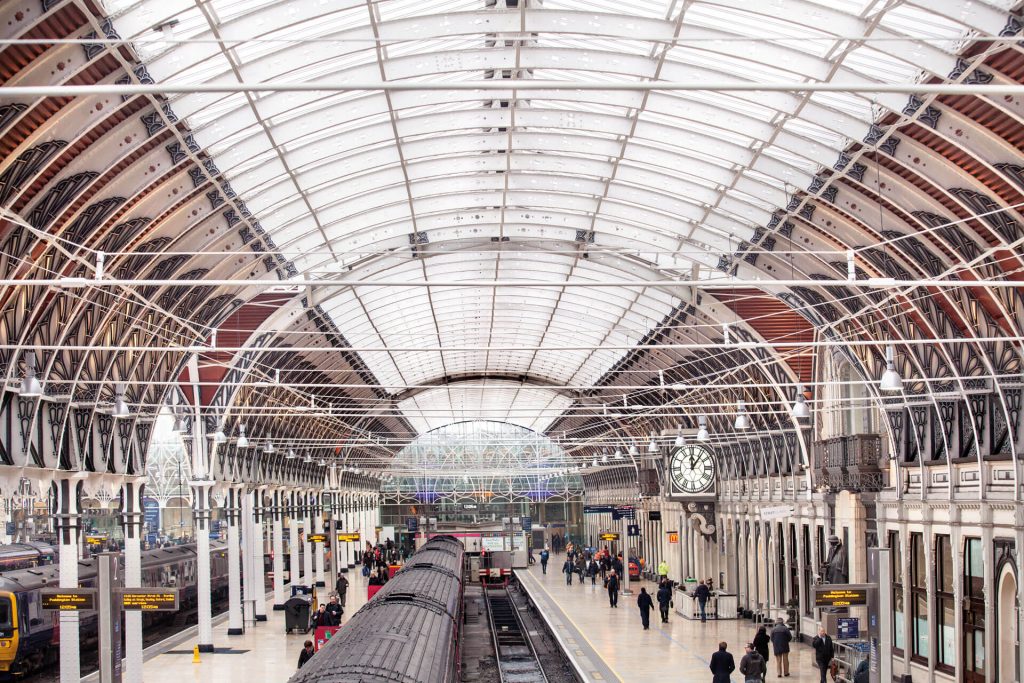
The improvements would also allow the relocation of the taxi rank to the span four side of the station, making way for Crossrail.
London Liverpool Street station
This year, the National Records Group has provided drawings for two large projects – one relating to the south-east station enhancements project and the other for short-term capacity relief. Improving capacity helps passenger flows through stations, giving them a better travelling experience.
Bristol Temple Meads station
The archive within the National Records Centre has provided drawings to The Railway Heritage Trust to help the redevelopment of a coffee and retail area for passengers at the station.
The Railway Heritage Trust – funded by Network Rail – refurbishes historic railway buildings for practical use.
Royal Albert bridge
Visitors to Brunel’s bridge over the River Tamar in Cornwall can now immerse themselves in engineering history thanks to drawings provided by the archive as part of tourism project.
The Bridging the Tamar Visitor and Learning Centre opened in May and focuses on science, technology, engineering, art and mathematics (STEAM) to encourage young people to explore related careers.
It comes after the iconic bridge underwent a significant refurbishment in 2015. Network Rail refurbished its two main spans and, three years earlier, unveiled Brunel’s name on the bridge – which had remained hidden for decades – to celebrate the bicentenary of Brunel’s birth.
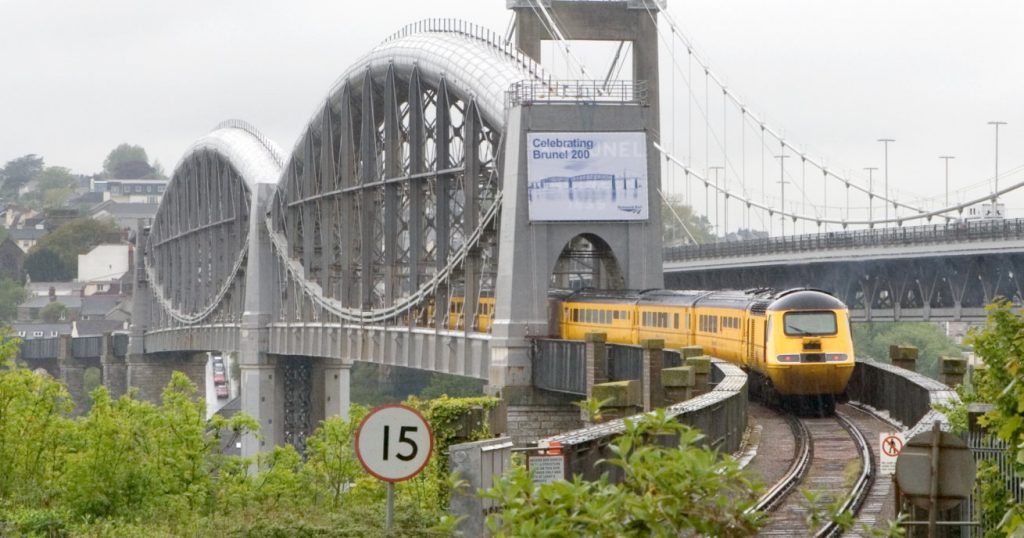
Ian Frostick, a route civil engineer at Network Rail, said in 2015: “It is a complex job that requires careful consideration, particularly on safety, operations and heritage issues…”
Lostwithiel and Chapeltown railway stations
It’s not just large stations and infrastructure the National Records Group helps – much smaller stations also benefit from the information it houses.
Our team provided drawings for Lostwithiel station in Cornwall for an improvement project that completed this year. Upgrades to the area in recent years include signalling improvements to deliver more frequent services and quicker journeys. They follow the Grade II listed status awarded to a signal box at Lostwithiel in 2013.
The National Records Group also helped two large improvement projects at Chapeltown station in Sheffield this year.
